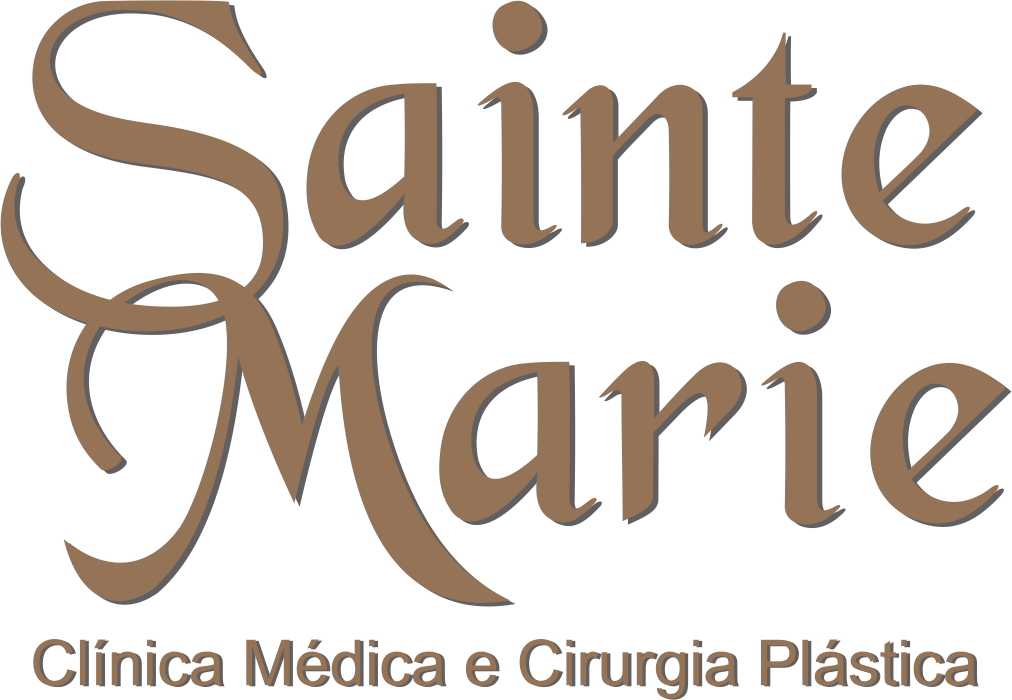Eyelid – Blepharoplasty – (Eyelid Plastic Surgery)
IS THERE AN IDEAL AGE TO PERFORM AN EYELID SURGERY?
There is no ideal age, but an ideal opportunity. This opportunity is determined by the presence of a defect to be corrected, and it usually occurs after the third decade.
ARE THE SCARS VISIBLE? WHERE ARE THEY LOCATED?
Since the eyelid skin is very thin, the scars are practically hidden in the creases of the skin. For that result to be achieved, one must wait for the scar maturation period (3 months). Its location makes it viable to conceal the scar with light makeup from the very first days.
WHAT TYPE OF ANESTHESIA IS USED?
Considering the extension of the surgery and the good quality of the anesthetics, most cases are performed under local anesthesia (in some cases, with previous sedation). Depending on the patient’s will, it may be done under general anesthesia. The latter is reserved for those cases in which local anesthesia is not indicated or when the blepharoplasty is being done simultaneously with other surgeries.
IS THE POSTOPERATIVE PAINFUL?
Usually not. Even if there is greater sensibility or little surges of pain, these may be relieved with common painkillers. Your doctor will prescribe the most indicated one. Do not self-medicate.
DO THE EYES GET TOO SWOLLEN? FOR HOW LONG?
The edema (swelling) of the eyes varies from patient to patient. There are those who in the 4th or 5th day look completely natural. There are those who reach this result after the 8th day. Still, the first 3 days of the postoperative are those with greatest swelling of the eyelids. The use of sunglasses may be useful in this period, as well as the use of cold compresses, which diminishes the intensity of the edema. Only after the 3rd month can we say the residual edema is discreet.
HOW LONG IS THE HOSPITAL STAY?
Local Anesthesia: from 4 to 8 hours.
General Anesthesia: 24 hours.
HOW LONG DOES THE SURGERY TAKE?
Usually about 90 minutes. Depending on the case, there may be details that extend this time. However, the surgical procedure time must not be mistaken for the stay of the patient on the Surgical Center, because this stay also regards the anesthetic preparation period and postoperative recovery. Your doctor may inform you of the total period.
WHAT ARE THE “PURPLE OR RED MARKS” THAT ARE SEEN IN SOME CASES?
They are nothing more than infiltration of blood in the subjacent skin and even on the conjunctiva, which are consequences of the surgical trauma. This, however, constitutes no future problem and is not considered a complication, but a temporary and reversible intercurrence.
WHEN WILL I REACH THE DEFINITIVE RESULT?
After the 3rd month. However, after the 8th day we expect approximately 25% of the desired result, and there is a steep improvement in these figures in the subsequent 2 or 3 weeks.
WILL THE EYES BE OCCLUDED AFTER THE SURGERY?
Not necessarily. The use of cold compresses may be recommended for a few minutes, several times a day. This is a patient’s responsibility, as prophylaxis of the acute edema. Some surgeons, however, prefer the occlusion of the eyes during the postoperative period.
AFTER ALL, DOES THE RESULT PAY OFF?
If you are aware of what you want and the surgeon may provide you what you ask, undoubtedly it pays off. However, it is important to remember that the eyelid surgery does not provide general rejuvenation to the face, when performed alone. Many patients expect this result (rejuvenation) only with the blepharoplasty. The plastic surgeon will only improve this site regarding aesthetic defects there pre-existent. The rejuvenation of the face implies in other procedures associated to the blepharoplasty. “Eye wrinkles”, even if duly operated, will never disappear, leaving the stigma, due to the action of the orbicular muscle and the loss of elasticity of the remaining skin.
RECOMMENDATIONS ABOUT THE BLAPHEROPLASTY
PREOPERATIVE:
- Attend to the surgery place (hospital, clinic) in the scheduled time in your hospitalization guide.
- Inform your doctor about any abnormality that may occur about your general state until the day before hospitalization.
- Do not apply makeup in the day of the hospitalization.
- Bring sunglasses.
- If you are being admitted in the same day of the surgery, come on fast.
- Bring a companion for the hospital admission.
POSTOPERATIVE:
- Cold water compresses over the eyes may be useful to decrease the edema period and provide some postoperative comfort.
- No dietary restriction from the 2nd day of postoperative. Meat, milk and eggs (proteins) are recommended, as well as vitamins (as fruits).
- Use sunglasses when exposed to natural light and wind.
- Avoid sun wind and cold for 8 days.
- Follow the medical prescription.
- Come back to the doctor’s office for dressing and revision of the scheduled days.
- Do not cause trauma or “scratch” the eyes.
- Depending on your postoperative evolution you may come back to your normal activities after 3 or 4 days.



